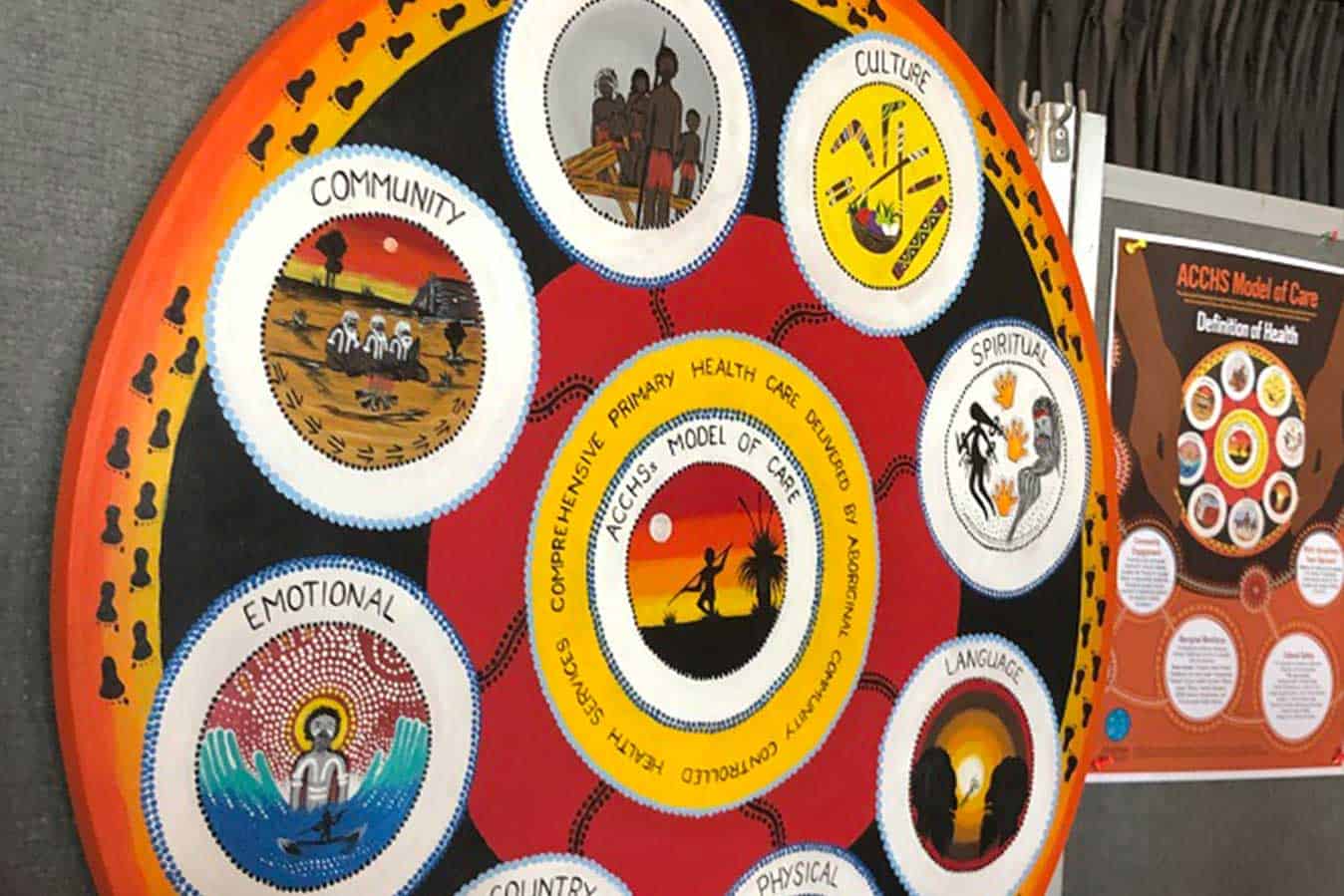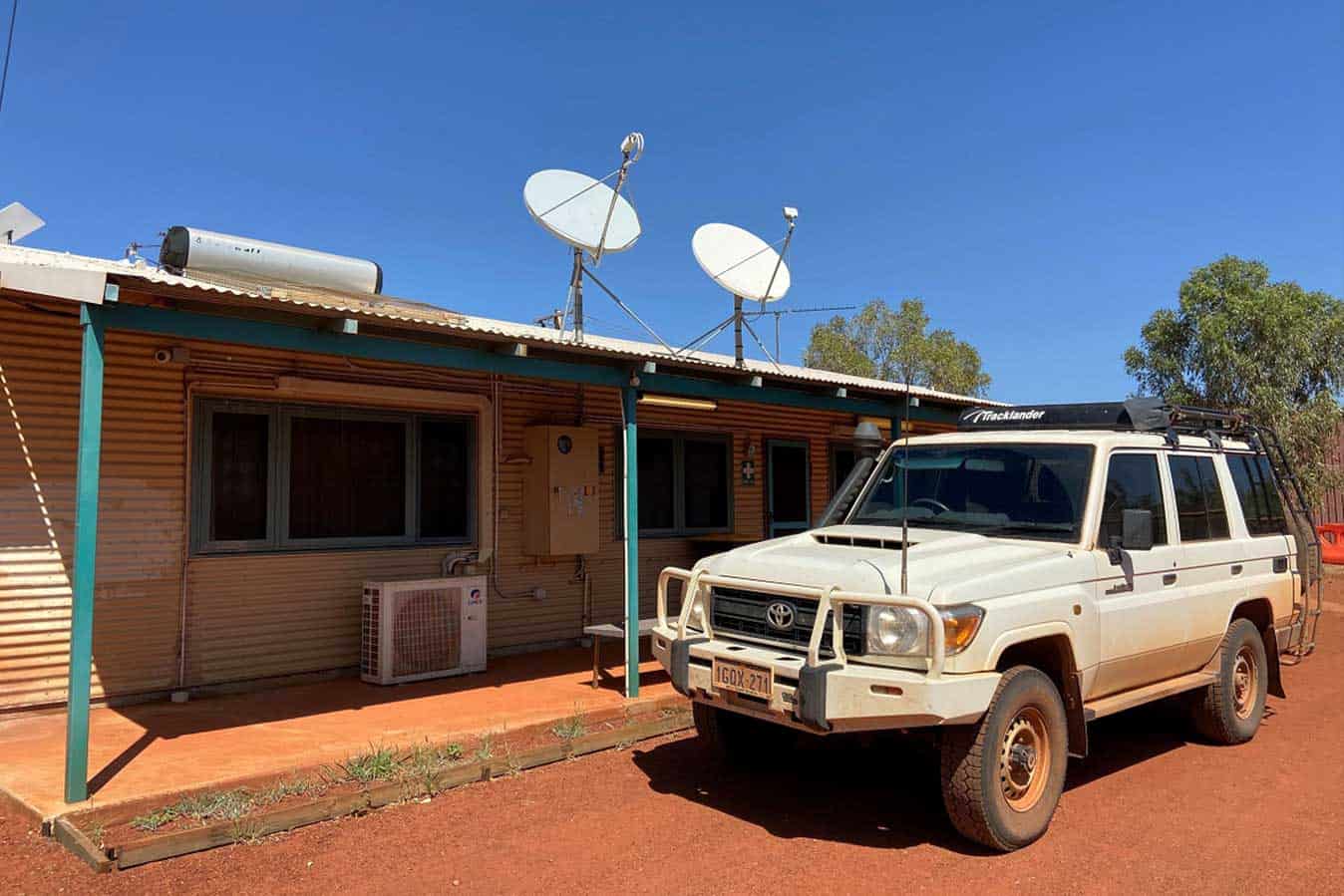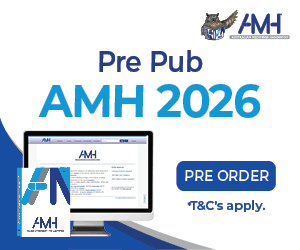Western Australian registered nurse Mel Robinson visited Newman in the East Pilbara from 13-18 March to learn about the challenges and solutions in meeting local healthcare needs. She shares her experiences with the ANMJ.
My name is Mel Robinson and I am the Director Aboriginal Health at Child and Adolescent Health Service and I have connections to Gidja and Ngarinyin Country in the Kimberley (WA). I currently work in Perth (Whadjuk, Noongar Boodjar – Country).
I acknowledge the traditional owners of the Aboriginal and Torres Strait Islander lands, seas, and waters across Australia and pay my respects to their Elders past and present. I acknowledge the Aboriginal and Torres Strait Islander health professionals who continue to support all the families and communities, and recognise the work that our non-Indigenous colleagues do to help deliver healthcare and culturally safe services.
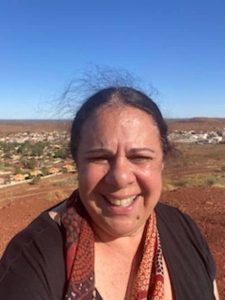
In this article I reference Aboriginal people as the first people of WA and no disrespect is intended to Torres Strait Islander people.
Child and Adolescent Health Service (CAHS) manages Perth Children’s Hospital (PCH) neonates at King Edward Memorial Hospital, Community Health and Child and Adolescent Mental Health. These services are based in Perth and PCH offer services to children and young people across Western Australia.
On 24 November 2022, CAHS was fortunate to have a visit from the Martu women from Newman in the East Pilbara region of WA. These woman came from across four remote communities in the region and visited PCH to share their stories about remoteness and the challenges for parents/carers in accessing services including language barriers (English is a second language), use of medical jargon by clinicians, access to accommodation in Newman, fear of Perth and hospitals, the need for support when they attend PCH including access to a known contact person to provide support.
Following this visit I reported back to key stakeholders in WA Country Health Services (who manage the regional hospitals and health care services in WA) and CAHS, these women raised their concerns and offered ways we can improve the health services we deliver to these families.
Many of these lessons can be addressed and one potential solution is in progress. This is an Aboriginal Volunteer program: volunteers already exist at CAHS however we are developing a dedicated Aboriginal program to support Aboriginal families to navigate PCH and Perth.
Support is also provided by the Aboriginal Liaison Service who do a wonderful job advocating for Aboriginal families and educating non-Aboriginal staff. Access to interpreters is critical for all families who speak other languages and WA has the Aboriginal Interpreting Service who offer a wonderful program of interpreters to support patients and families from across WA.
The Putukurnu Aboriginal Medical Service (PAMS) General Practitioner (GP) invited me to visit the remote communities as a part of the GP clinics that happen once a month. The communities are very isolated and in the wet season (November to March) they can sometimes be isolated by floods if there are rivers nearby. This year there wasn’t much rain in the area and flooding was not an issue.
The first community I visited was the largest called Jigalong, this community is two hour’s drive from Newman and the paediatrician joined me on the road. I then travelled on a small plane to the other three communities over the next four days.
These communities are managed by remote area nurses employed by PAMS, and they often have a community store, art centre and school. They are long way from Perth and during our visit (February to March) is traditional lore time meaning we had to be respectful of an ancient cultural practice that happens every year which means many Aboriginal children and young people may not be able to attend appointments due to cultural obligations.
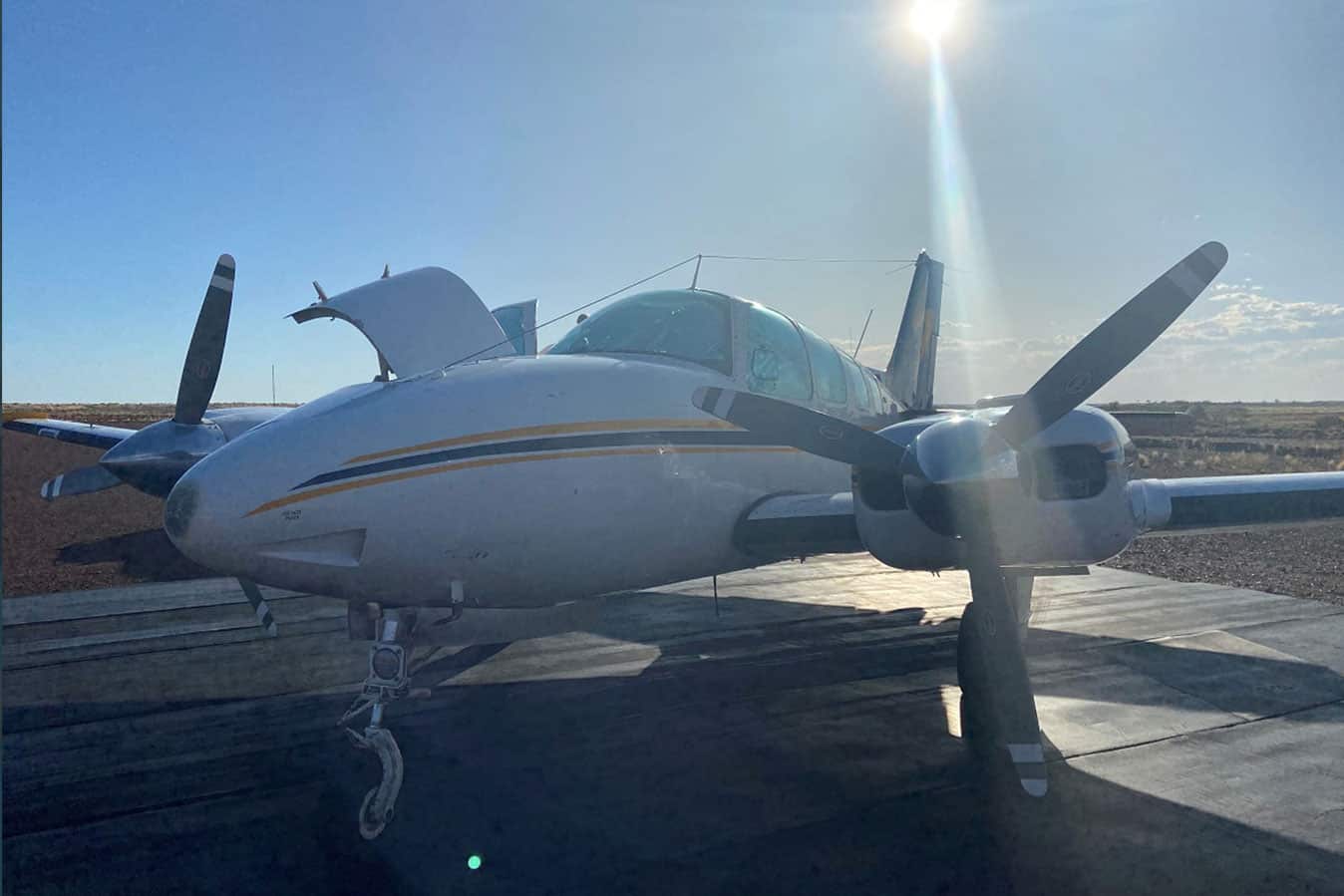
My visit highlighted the challenges and fears many parents/carers have when accessing health services in Perth and the importance of care closer to home. I will use the feedback given to me help make improvements to our health service like creating a welcoming space in the emergency department and in the hospitals, to educate staff about local and regional Aboriginal culture, as evidence we need to employ more Aboriginal staff (who create a welcoming culturally safe environment and educate non-Aboriginal staff) and creating a welcoming and culturally safe/secure space for families including access to food, Aboriginal Liaison Service and other supports during their stay. This information will be shared across the clinical teams including WA Country Health Service and CAHS.
There is much we need to do to help parents/carers and patients feel more welcome and less afraid when they come to our health service.
